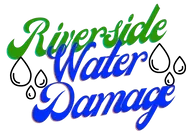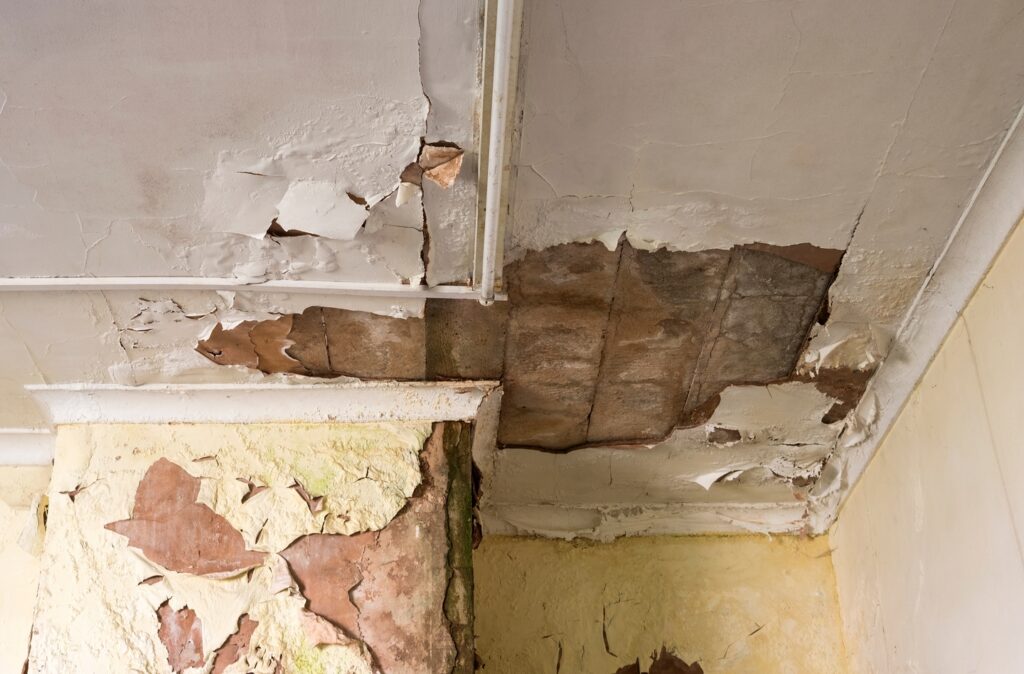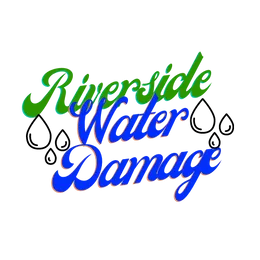Water damage can be a homeowner’s worst nightmare. Whether it’s a burst pipe, a leaky roof, or a flooded basement, water can wreak havoc on your property and belongings. In such situations, it’s essential to act quickly to minimize the damage and prevent further problems like mold growth. Professional water damage remediation is the most effective way to address these issues, so today, I’ll walk you through the essential steps involved in the process.
- Assessment and inspection
The first crucial step in water damage remediation is a thorough assessment and inspection of the affected area. This is typically carried out by trained professionals who understand the dynamics of water damage. They will identify the source of the water intrusion and the extent of the damage. This assessment helps in determining the appropriate remediation plan.
- Water Extraction
Once the assessment is complete, the next step is water extraction. This involves removing excess water from your property. Powerful pumps and vacuums are used to extract water from carpets, flooring, walls, and other affected areas. The goal is to remove as much water as possible to prevent further damage and speed up the drying process.
- Drying and dehumidification
After water extraction, the affected area needs to be thoroughly dried and dehumidified. Industrial-grade fans and dehumidifiers are employed to accelerate the drying process. This step is critical in preventing mold growth, as mold thrives in moist environments. It’s essential to ensure that every nook and cranny is completely dry to avoid future problems.
- Salvaging and cleaning
Water damage can cause significant damage to your belongings, including furniture, electronics, and personal items. During this step, professionals will assess what can be salvaged and what needs to be discarded. Salvageable items will be carefully cleaned and sanitized to prevent any potential health hazards.
- Mold prevention and removal
Mold can start to grow within 24–48 hours after water damage occurs. To prevent mold growth, professionals will thoroughly disinfect and treat affected areas with antimicrobial solutions. If mold has already taken hold, specialized techniques and products will be used to remove it safely.
- Restoration and repair
Once the affected area is dry, clean, and mold-free, the restoration process begins. This step involves repairing and restoring the damaged structures and materials. It may include replacing drywall, insulation, flooring, and other components that cannot be salvaged. The goal is to return your property to its pre-damaged condition.
- Final Inspection
After the restoration work is complete, a final inspection is conducted to ensure that all the necessary steps have been taken and that the property is safe and habitable. This step ensures that you can return to your home with confidence, knowing that the water damage has been properly remediated.
- Preventative Measures
Water damage can be a traumatic experience, but it’s also an opportunity to take preventative measures to avoid future incidents. Professionals may offer advice on how to safeguard your home from potential water damage, such as proper maintenance of plumbing systems, regular roof inspections, and the installation of sump pumps or water alarms.
- Documentation
Throughout the water damage remediation process, detailed documentation is maintained. This includes records of the initial assessment, photographs of the damage, and a log of all the steps taken to remediate the issue. Documentation is not only essential for insurance claims but also for your peace of mind, knowing that the job was done correctly.
In conclusion, water damage remediation is a multi-step process that requires professional expertise and equipment. Attempting to address water damage on your own can lead to incomplete remediation, which can result in long-term problems like mold growth and structural damage. It’s crucial to contact experienced professionals who can follow these essential steps to ensure your home is restored to its pre-damaged condition and that you can continue to live in a safe and healthy environment. Remember, when it comes to water damage, swift and professional action is your best defense against further damage and costly repairs.


